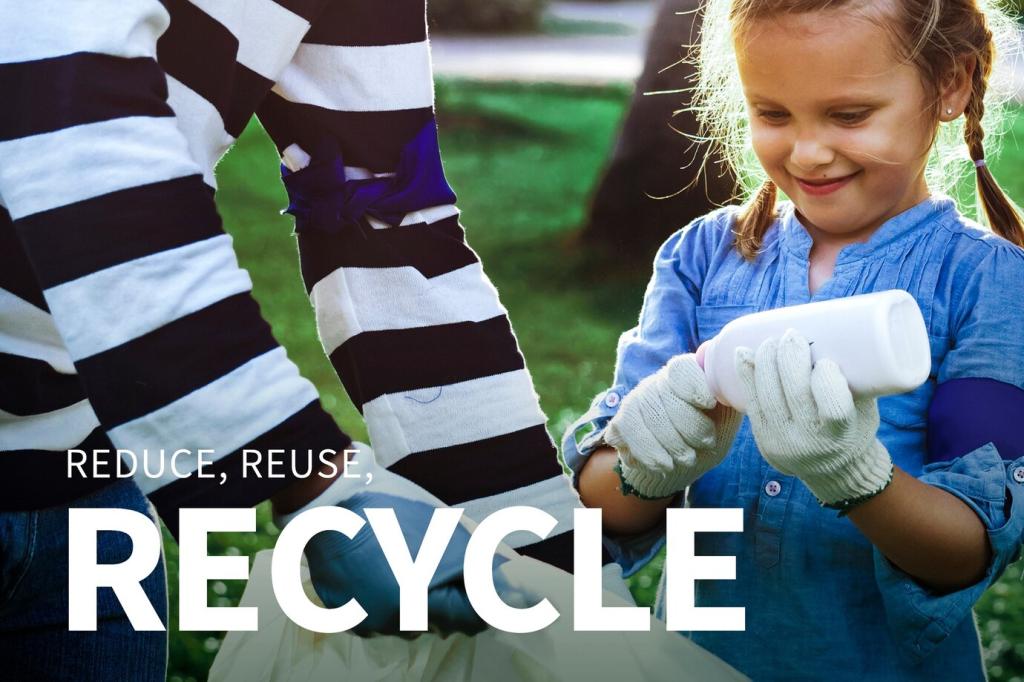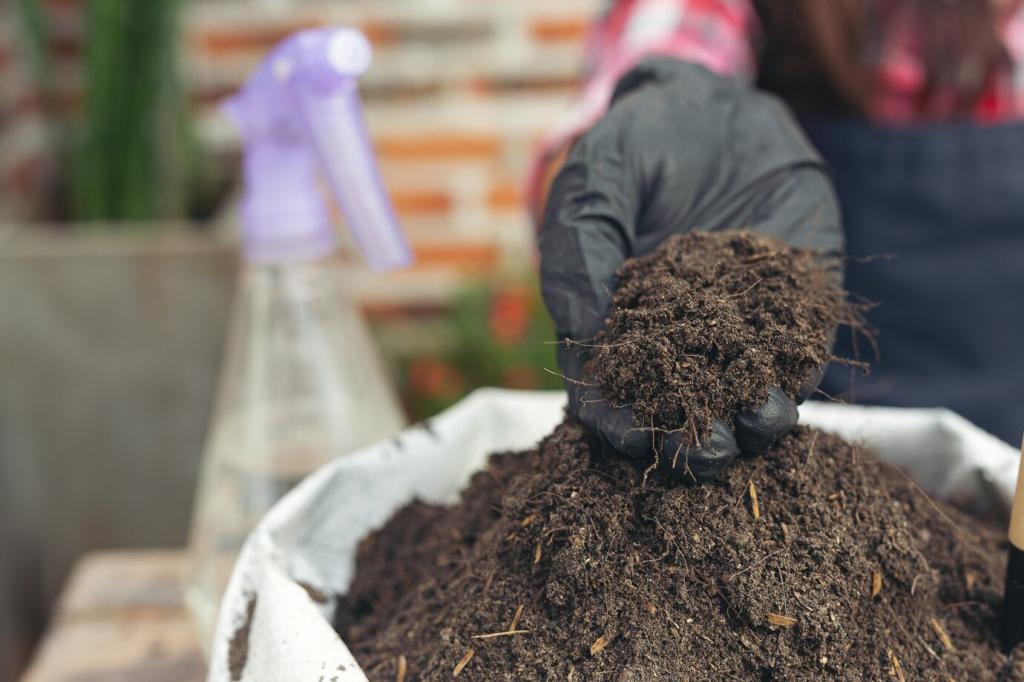
Best Composting Containers for Balconies
Chosen theme: Best Composting Containers for Balconies. Turn your small outdoor nook into a clean, efficient compost hub with compact containers, real-life tips, and uplifting stories that make urban sustainability simple, stylish, and totally doable.
Micro-space, Macro-impact
Food scraps can make up to a third of household trash, yet a smart container on your balcony turns them into living soil. That means fewer plastic trash bags, lower disposal fees, and planters that burst with life. Tell us your balcony size, and we’ll help you optimize.
Odor Control That Actually Works
The best composting containers for balconies use tight gaskets, carbon filters, and right-sized vents. Add shredded cardboard or dry leaves after each deposit, and you’ll lock down smells before they start. Curious? Share your current setup and we’ll suggest a smell-proof tweak.
Container Types That Shine on Small Balconies
Small tumblers seal tight, rotate easily, and sit sturdily in a corner. Batch composting keeps things predictable, with fewer open moments for pests. If you’ve tried spinning once a day, tell us how your texture changed over two weeks—we love nerdy compost notes.
Bokashi systems ferment everything from rice to small meat scraps, perfect for winter or limited airflow balconies. Pre-compost gets finished in a planter or secondary bin. Curious about the mild, pickled aroma? Ask any question, and we’ll demystify the process together.
Red wigglers thrive in trays with breathable lids, producing crumbly castings your planters adore. It’s quiet, mess-free, and wonderfully educational for kids. Share your worm bin temperature challenges, and we’ll recommend seasonal bedding and airflow tweaks tailored to your balcony orientation.

Size, Material, and Airflow: Choosing Like a Pro
Measure the exact footprint and clearance around furniture and doors. For most apartments, three to ten gallons feels manageable, even when wet. Consider balcony load limits, especially with tumblers. Tell us your dimensions, and we’ll suggest a size that stays practical through winter.
Size, Material, and Airflow: Choosing Like a Pro
UV-stabilized recycled plastic resists sun damage and keeps weight low. Powder-coated steel frames add rigidity for windy spots. Look for tight seals, sturdy latches, and a removable leachate tray. Comment with your climate, and we’ll match materials to heat, frost, and rain patterns.
Size, Material, and Airflow: Choosing Like a Pro
The best composting containers for balconies use vent holes tucked under overhangs, insect screens, and carbon-rich bedding to keep things tidy. Think airy but contained. If you’ve battled fruit flies, tell us what helped most; we’ll compile your tips into our next community guide.
Setup and Daily Rhythm for Balcony Composting
Start with a dry ‘browns’ cushion—shredded cardboard, paper pellets, or autumn leaves—to absorb moisture and support airflow. Add a cork mat under the container to reduce vibrations on concrete. Share a photo of your base layer; we’ll spotlight clever small-space builds.

If It Smells, Do This
Add a generous layer of browns, increase airflow, and limit wet inputs for a few days. Bokashi’s tangy aroma is normal, but compost shouldn’t be sour. Still worried? Describe your mix in the comments—volume, materials, and weather—and we’ll respond with tailored fixes.
Fruit Flies, Pigeons, and Other Guests
Bury food under browns, use fine mesh on vents, and wipe rims clean. Secure latches to discourage curious birds. For worm bins, consider a breathable fabric cover. What’s your most persistent visitor? Share details and we’ll crowdsource proven defenses from fellow readers.
Heatwaves and Cold Snaps
In heat, shade the container and add extra browns to absorb liquids. In cold, insulate with cardboard and avoid overwatering. Worms prefer moderate temperatures. Drop your zip code, and we’ll suggest seasonal adjustments for the best composting containers for balconies in your area.
Real-World Tests and Little Wins
Mark in Chicago moved from a loud trash chute to a silent morning spin of his compact tumbler. He loves the ritual. He reports fewer late-night trash runs and zero leaks after a summer storm. Share your ritual—we’ll feature reader routines in our newsletter.
Real-World Tests and Little Wins
A small balcony container can enrich tomatoes, peppers, and herbs. Many readers blend compost with potting mix at twenty to thirty percent. Sift for smooth texture. Show us your before-and-after planter photos, and subscribe for planting calendars tuned to compost-rich mixes.



